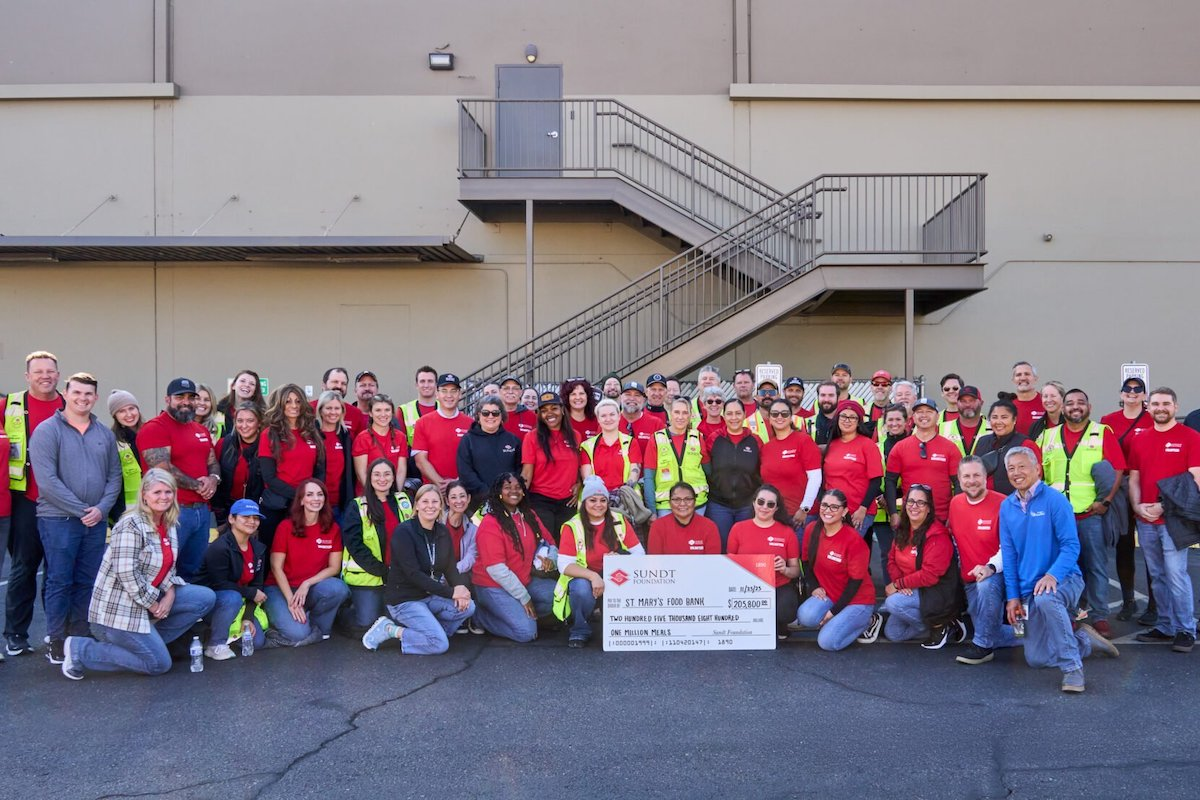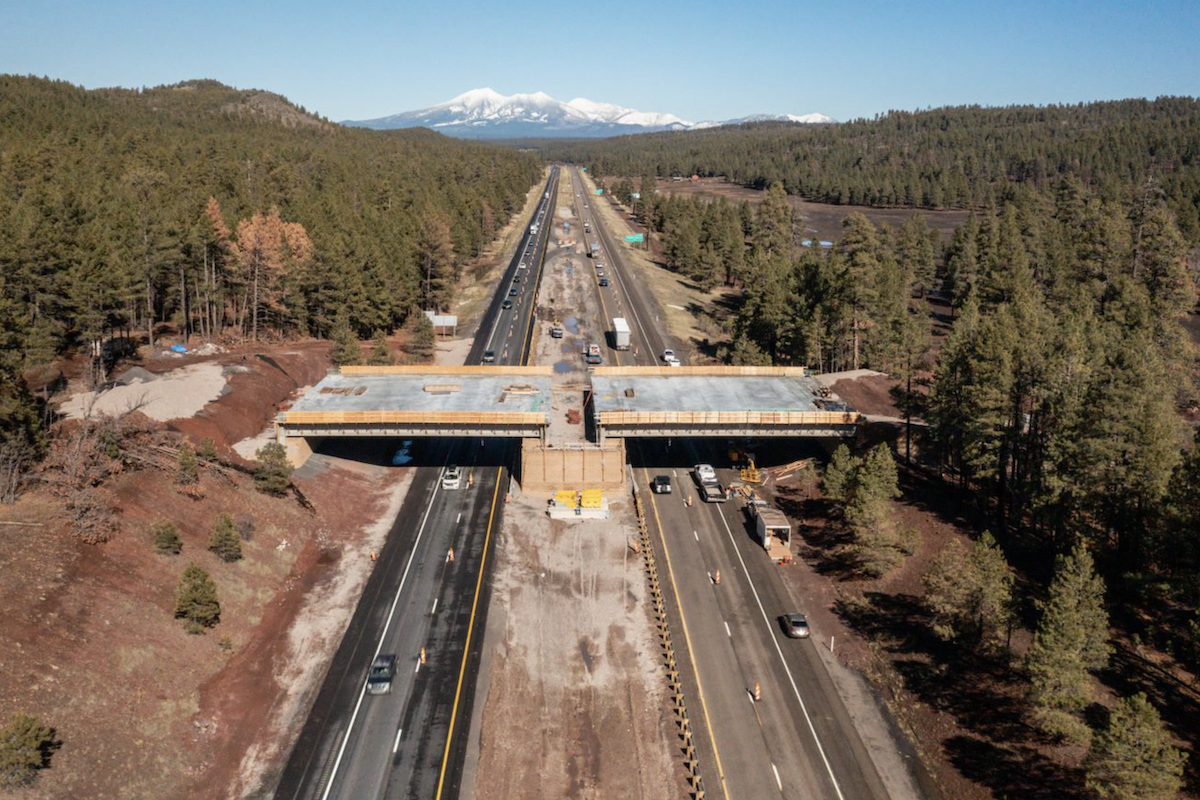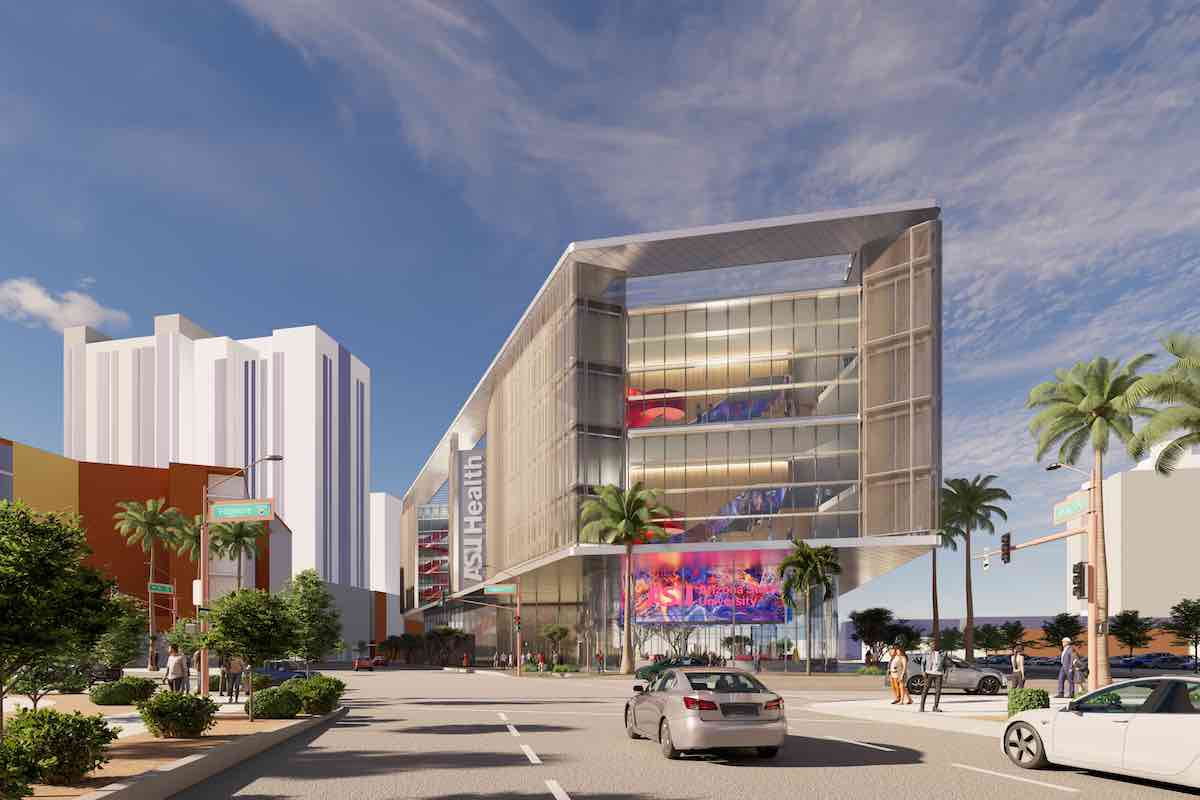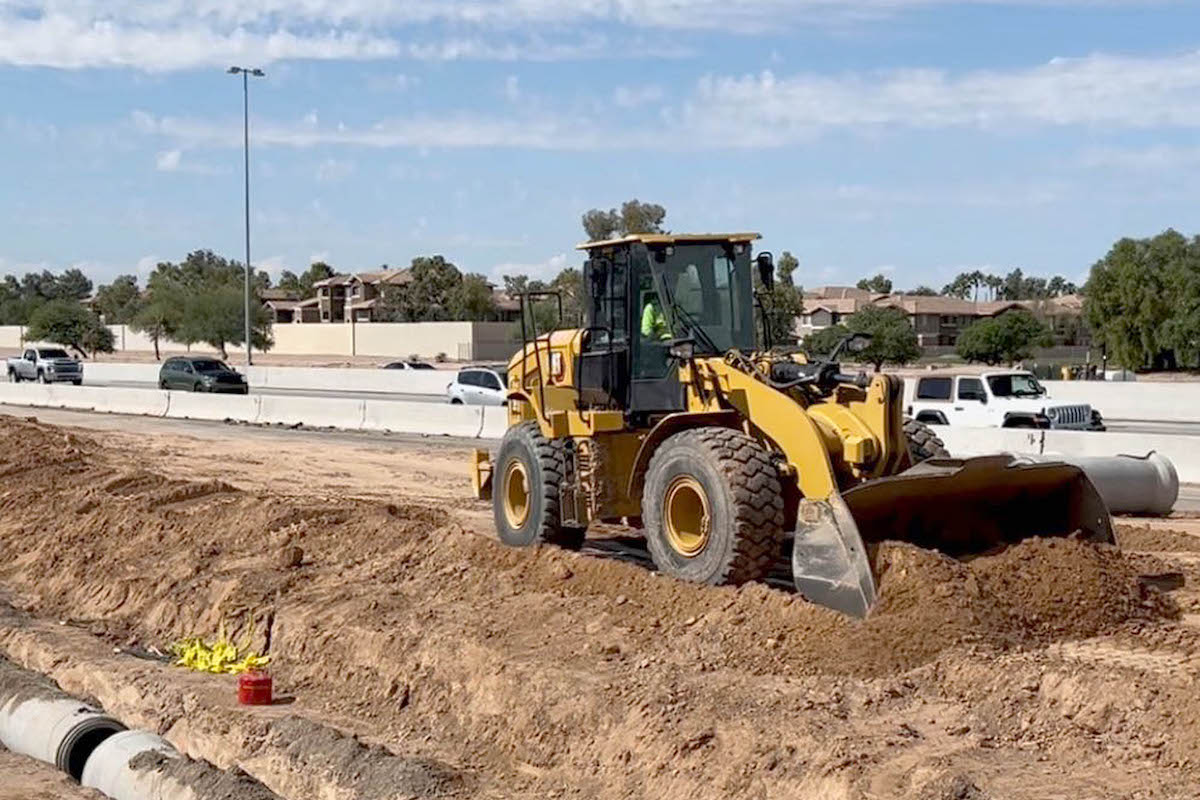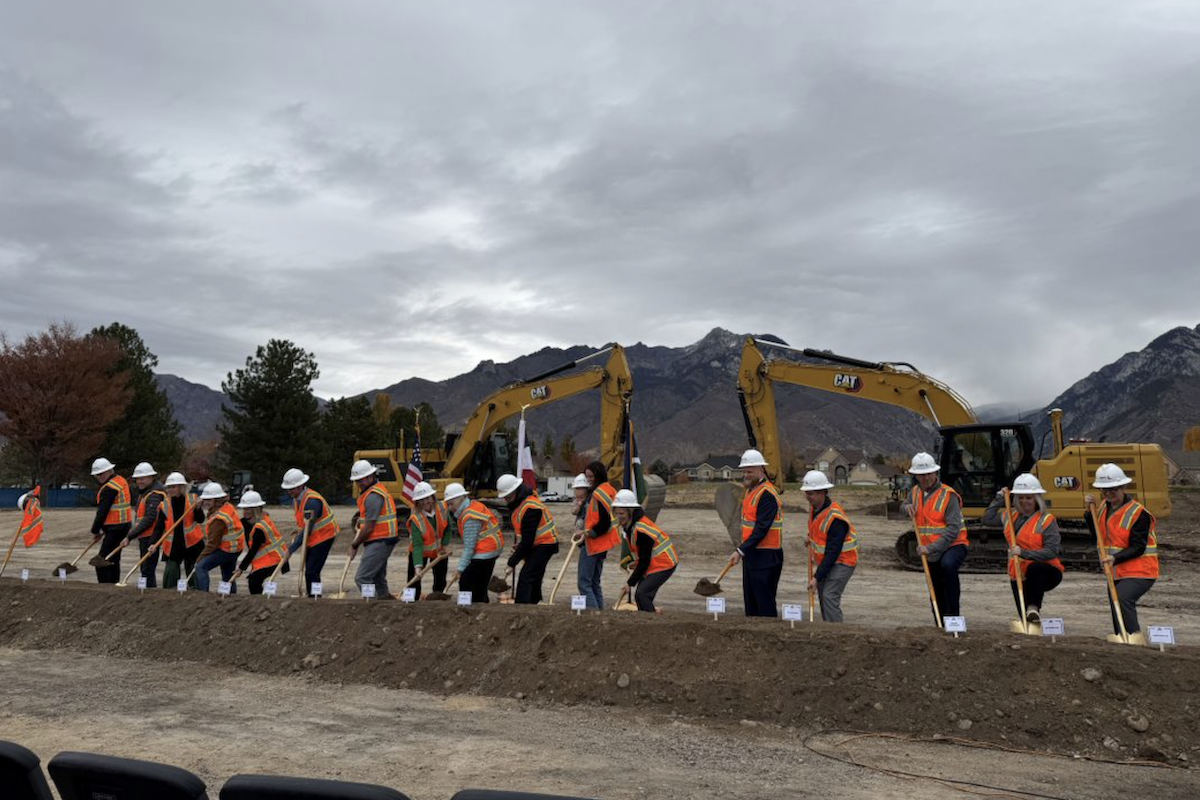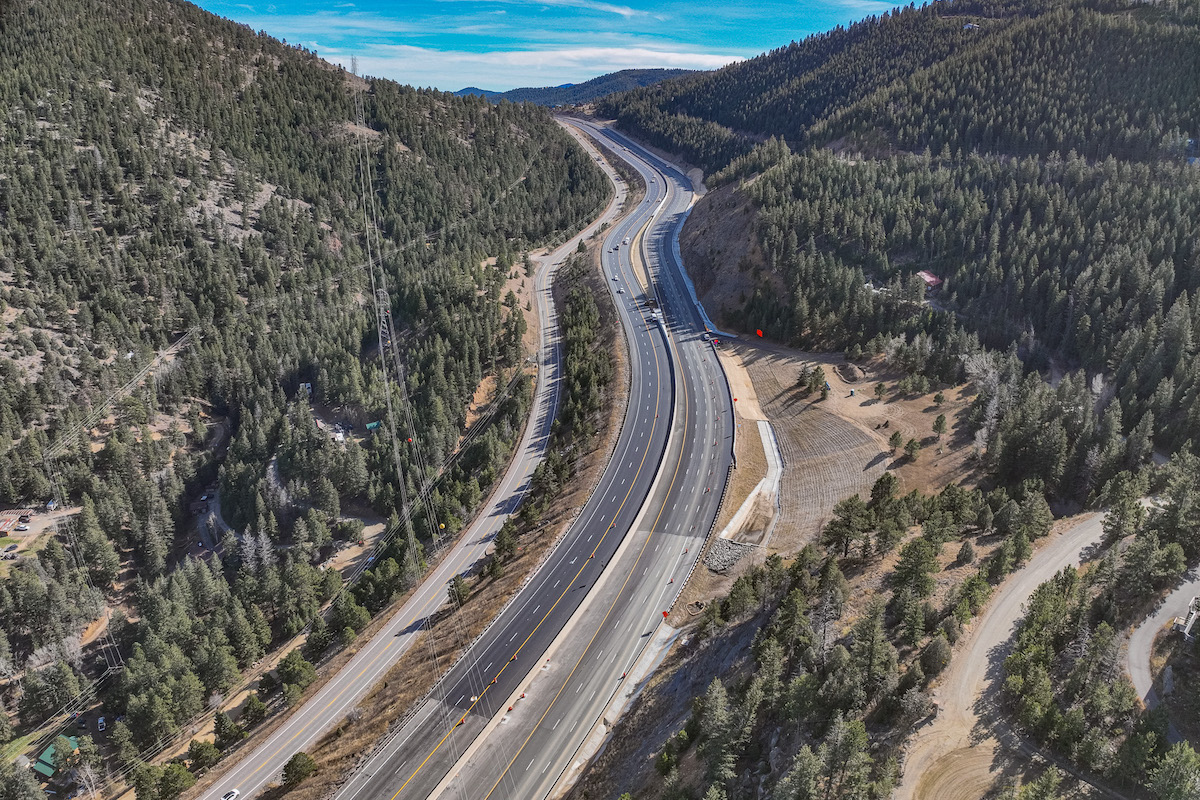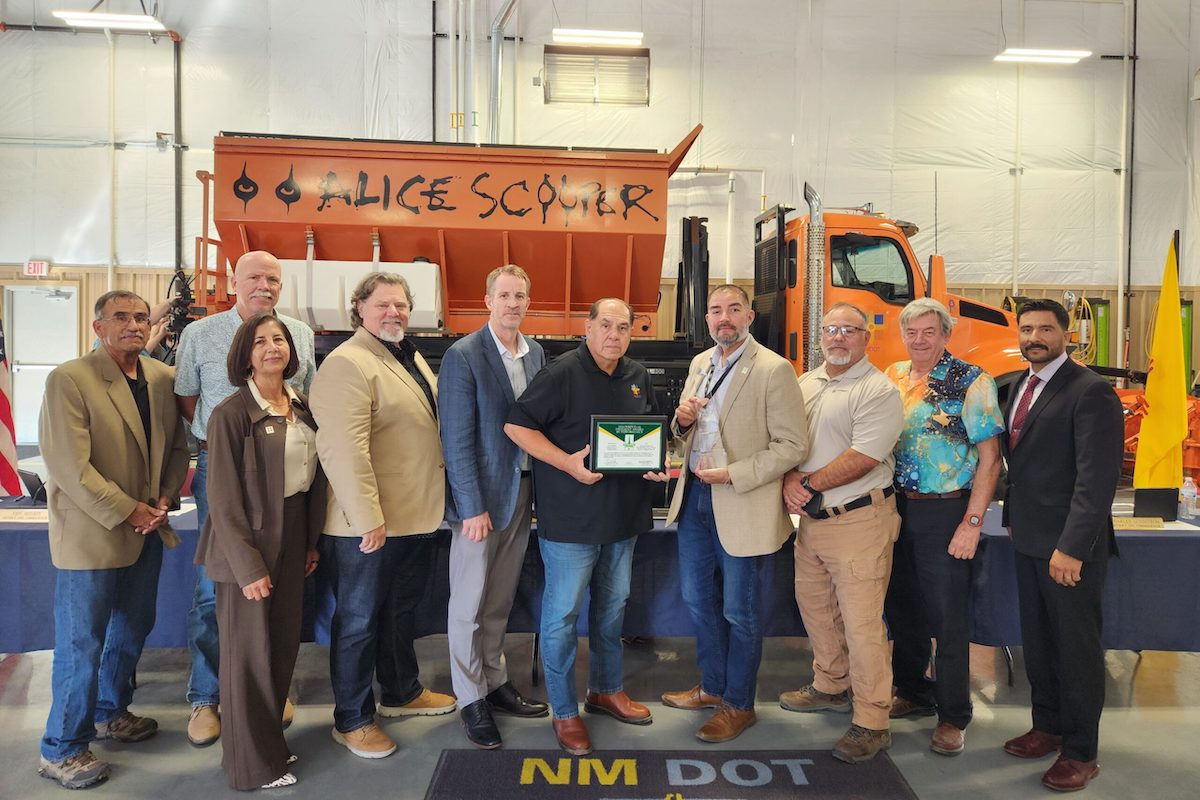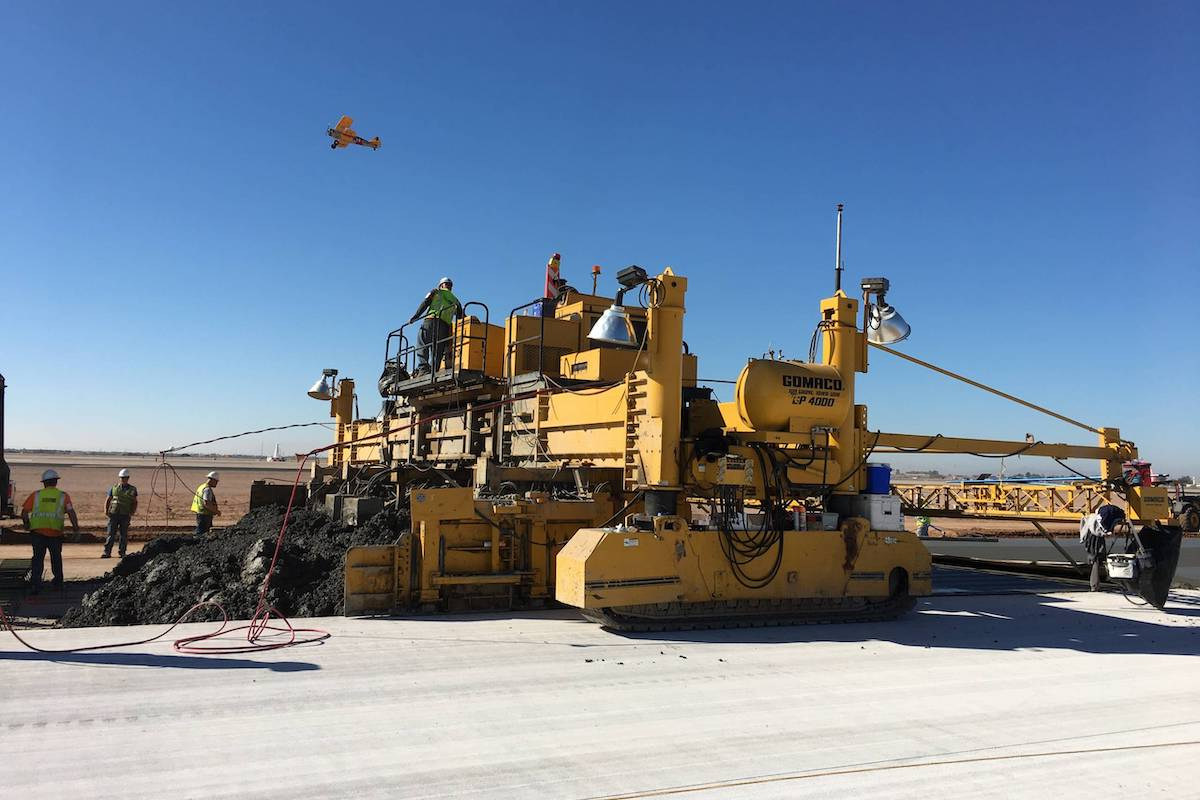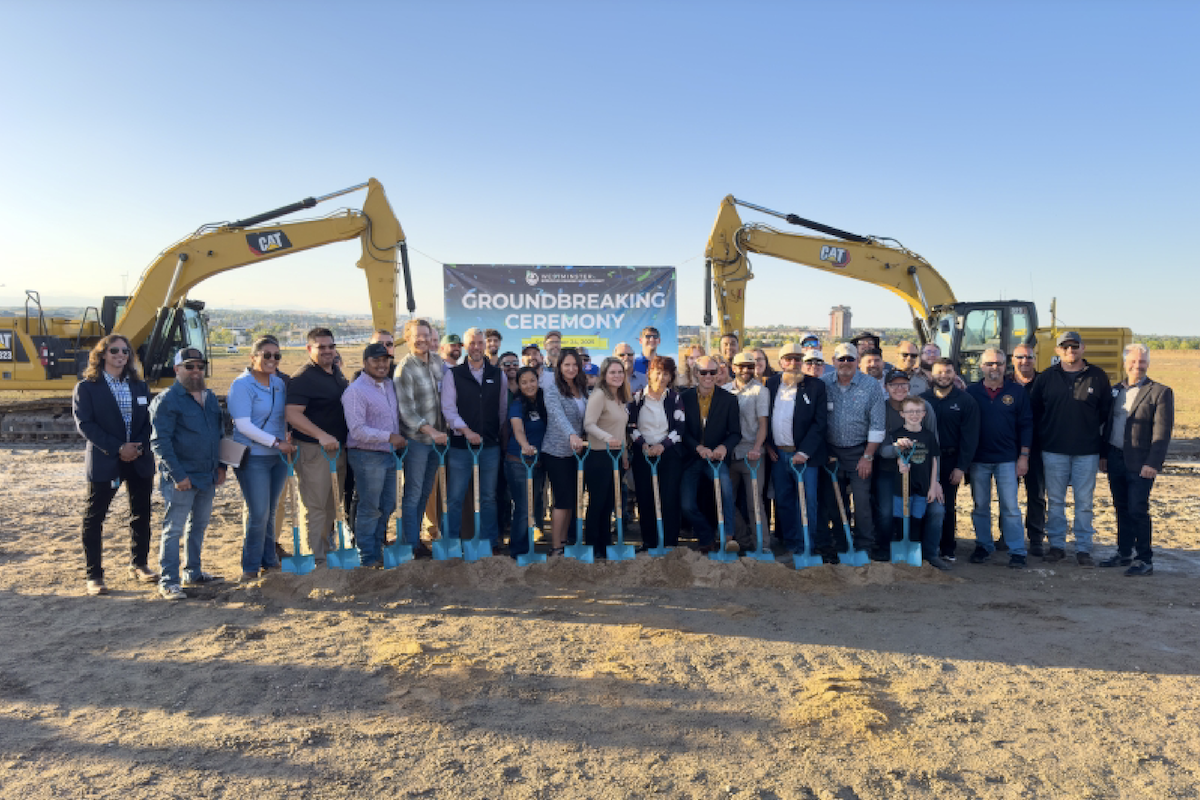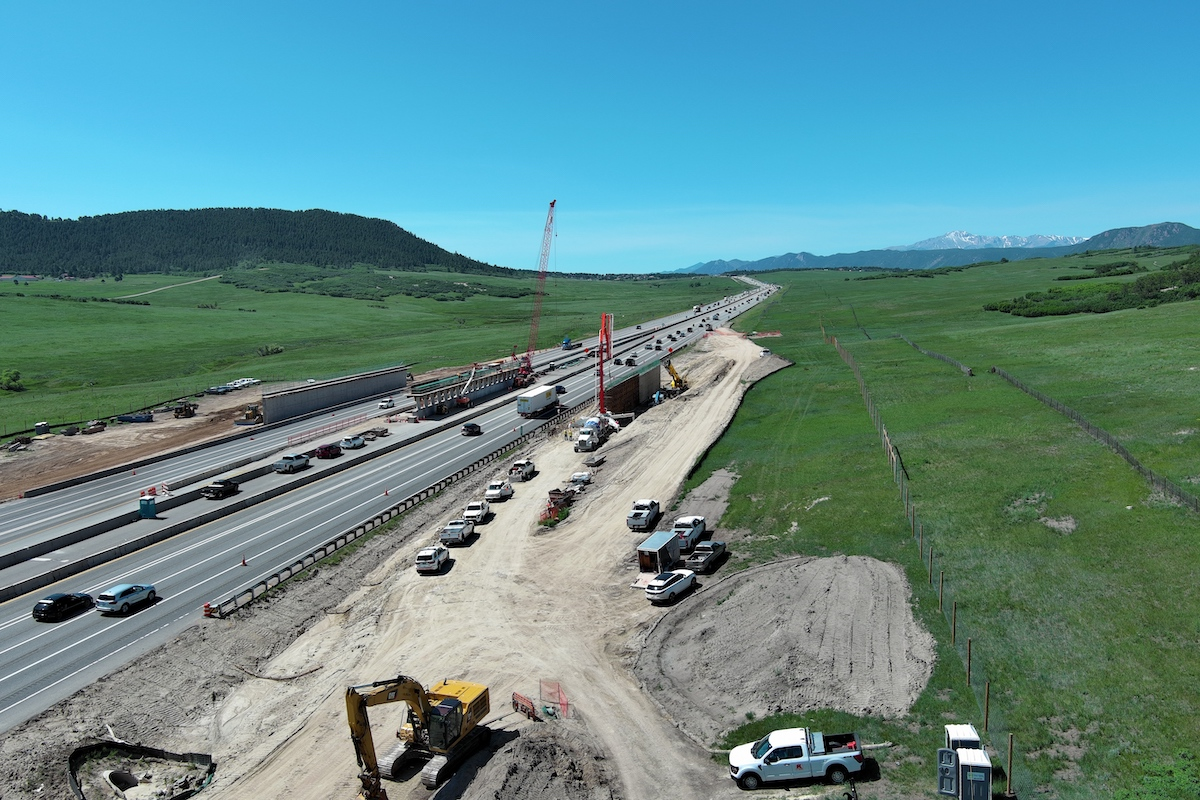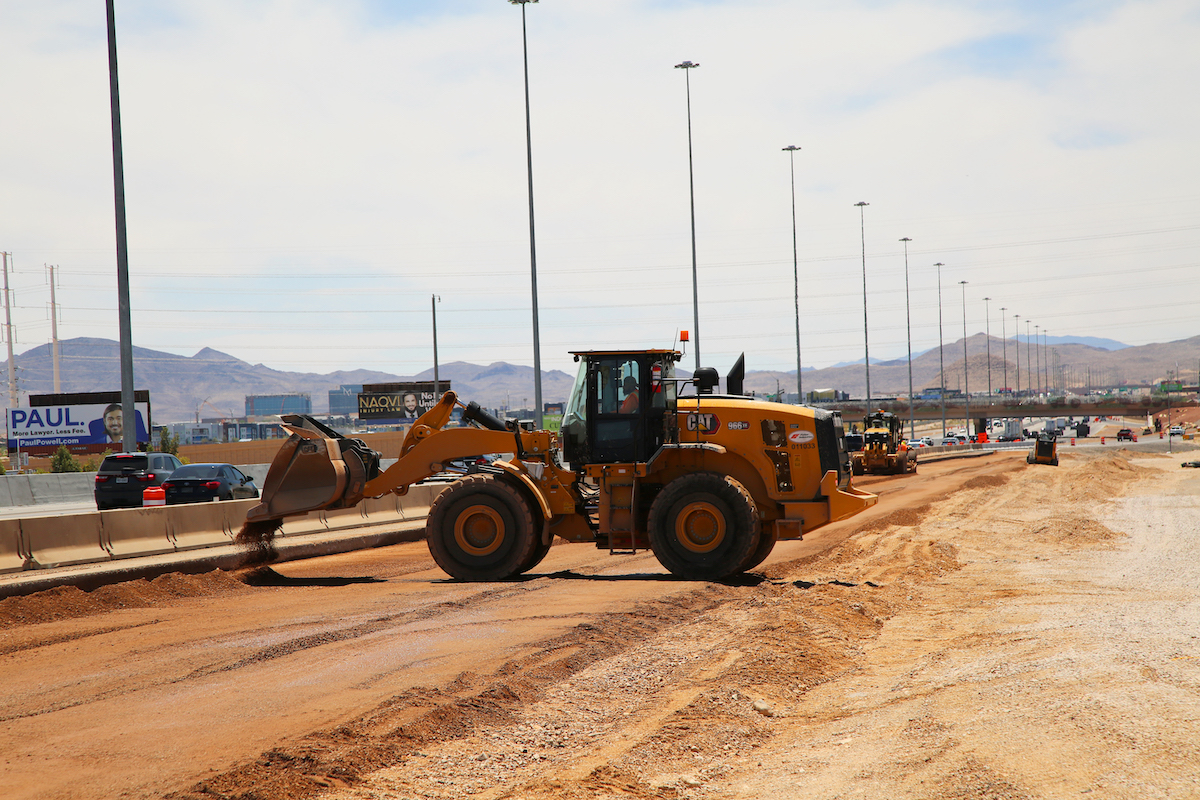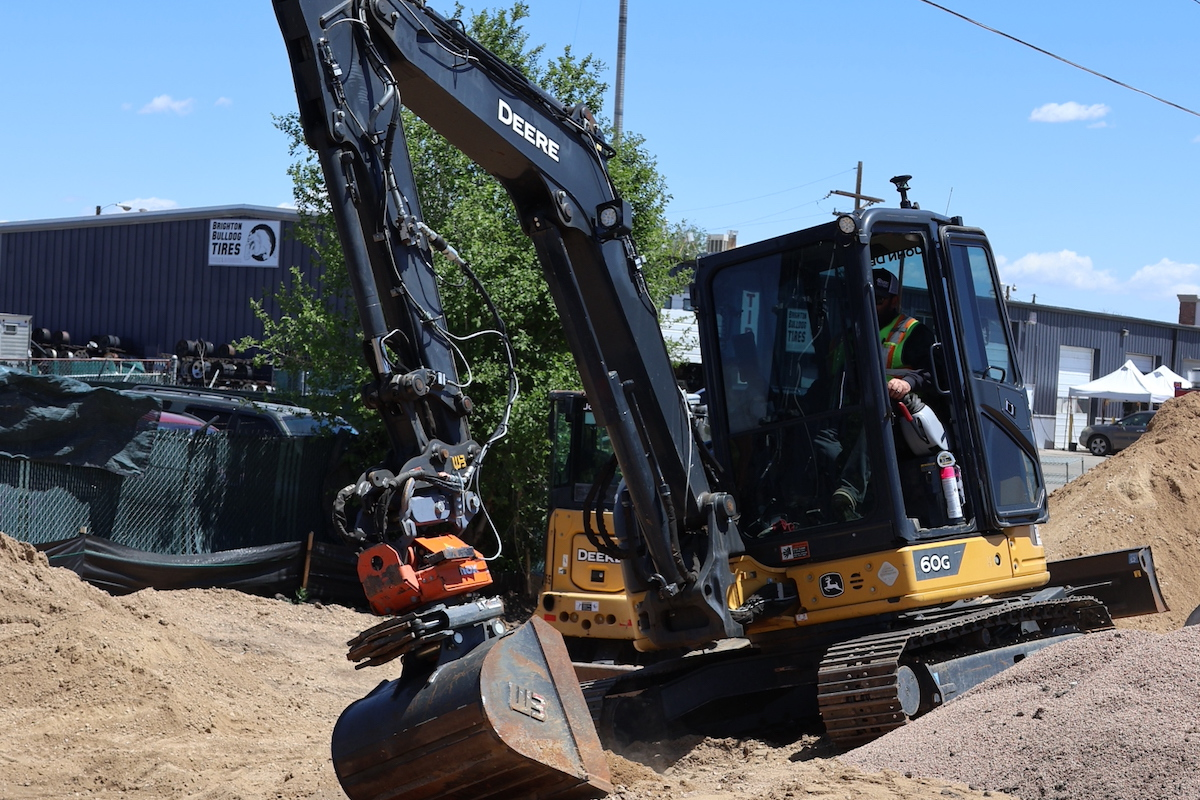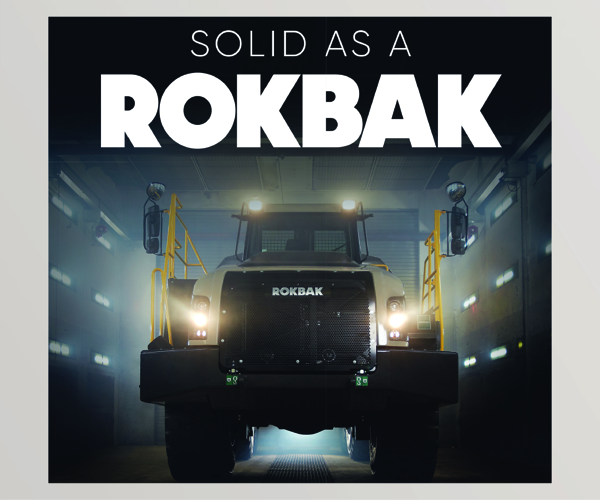The contracting community has embraced design-build to deliver some of the nation’s largest and most complex projects. The upcoming replacement of the Francis Scott Key Bridge in Baltimore, Maryland, is a prime example of the use of this project delivery method for a critical infrastructure need.
A recent study by FMI projects that between 2022 and 2026, a staggering $1.9 trillion will be invested in infrastructure using design-build. This surge in spending underscores the industry’s recognition of the benefits of design-build, particularly the seamless collaboration between owners, designers, and builders to deliver successful projects.
One sector experiencing these challenges in recent years is water/wastewater, where aging infrastructure and new regulations have necessitated increased spending to replace and expand conveyance, distribution, and treatment processes.
While the funding for infrastructure spending has grown, the number of contractors and specialty trade firms has not. This gap has created numerous challenges, including cost increases, schedule delays, and possible concerns with the quality of work provided. To combat these challenges, more owners are looking to the design-build delivery method.
The Design-Build Institute of America (DBIA) was established in 1993 to promote the value of design-build project delivery and teach the effective integration of design and construction services to ensure success for owners and design and construction practitioners. In addition to offering universal best practices and contract documents, DBIA works with experts in individual market sectors to tailor best practices to the characteristics of those sectors.

| Your local Gomaco dealer |
|---|
| Faris Machinery |
Most recently, DBIA updated the Water/Wastewater Design-Build Best Practices document. This document is founded on the principle that, regardless of sector, design-build projects are best executed within an integrated, collaborative team grounded in mutual trust; transparency; respect; and open, candid communication.
In the water/wastewater sector, the challenges of aging infrastructure and new regulations are being effectively met with design-build on a series of successful projects. One notable example is the Silicon Valley Clean Water (SVCW) Gravity Pipeline project, part of a $580 million upgrade program. This project artfully demonstrates how progressive design-build (PDB) can fast-track construction, manage risks, and ensure high-quality outcomes. Using design-build, the SVCW project achieved cost certainty and expedited completion without sacrificing quality.
As the largest wastewater tunnel constructed in California’s San Francisco Bay area and the first of its kind in the U.S. using PDB, the $250 million SVCW Gravity Pipeline project exemplifies the successful application of DBIA’s best practices. It received four DBIA project/team awards in 2023: Best in Design — Engineering; I.N.S.P.I.R.E.D. Owner (given to first-time owners); a National Award of Excellence; and a National Award of Merit in Water/Wastewater. By adhering to DBIA’s best practices, the SVCW project set a new benchmark for efficiency and effectiveness in public works projects nationwide.
While every sector has its unique conditions and quirks, design-builders in the water/wastewater sector encounter and manage some distinct features. First, the characteristics of water/wastewater owners differ substantially from those of other public or private owners. Second, the characteristics of water/wastewater projects are also quite different from those in other public sectors. Third, the organizational structure of a design-build team can vary widely depending on the scope of the project or the owner’s requirements. These differences underscore the need for specialized best practices tailored to the demands of the water/wastewater sector.

| Your local Trimble Construction Division dealer |
|---|
| SITECH Rocky Mountain |
| SITECH Southwest |
| SITECH Northwest |
The newly updated Water/Wastewater Design-Build Best Practices document supplements DBIA’s Universal Best Practices and is divided into three sections covering procurement, contracting, and execution.
Once an owner decides to deliver a project using design-build, the effort to procure services should include both strategic project planning and procurement planning.
Design-build teams must then make the thoughtful go/no-go decision on whether to propose on a project. Owners can choose between the best value/lump sum model, which focuses on price, or PDB, which focuses on qualifications. Both models have shown great success, but more owners are exploring the use of PDB.
Owners who use PDB, like in the SVCW Gravity Pipeline project, seek to hire teams that can best provide the needed strategic partnership for project success and do not require the owner to address pricing at the procurement stage. This allows for an expedited procurement process and limits the time and resources needed for design-build teams to compete for the project.

| Your local Bobcat dealer |
|---|
| Ditch Witch West |
| Faris Machinery |
| Romco Equipment Co |
The increased use of PDB procurement can relate to the ability to progress a project scope as cost and schedule are refined. PDB also allows the design-build team to work closely with the owner to provide the best project at a cost and schedule acceptable to all parties.
Entering a contract for design-build services requires a fair and transparent process. Contracts should promote collaboration and assign risks to the parties best suited to address them, which supports the collaborative aspects inherent in design-build.
Issues such as limits of liability, special/consequential damages, and capping liquidated damages should be clearly defined in contracts. DBIA’s contracting documents incorporate the organization’s Design-Build Done Right principles, taking a good deal of the guesswork out of setting a project up for success.
Successful execution of design-build projects is where the “rubber ultimately meets the road” and requires:
- The right people
- The right tools
- Exemplary communication
- Effective design and construction management
- Proper commissioning and turnover

| Your local Volvo Construction Equipment dealer |
|---|
| Faris Machinery |
Construction contractors are best suited to address construction cost, schedule, safety, and constructability issues. The design-build delivery model brings the construction contractor into the project early, allowing for critical decisions at the proper time and course corrections if schedule or budget constraints are encountered.
Construction contractors can also engage critical subcontractors early in the process to limit risks and allow early procurement for essential project components with long lead times.
Many top designers and builders have embraced design-build, and owners in and out of the water/wastewater sector are learning this delivery method is the preferred choice for working with the best firms in the industry and addressing some of the nation’s most pressing infrastructure challenges.
By successfully applying these best practices, design-build continues to demonstrate its value across various sectors, proving that with the right approach, even the most complex infrastructure challenges can be met with innovative and efficient solutions.

| Your local Gomaco dealer |
|---|
| Faris Machinery |
Bruce W. Husselbee, Ph.D., P.E., BCEE, DBIA, is the Chief Engineer for the Hampton Roads Sanitation District and serves as Chair of the DBIA Water/Wastewater Markets Committee. Husselbee is also a member of the DBIA National Board of Directors.Dave Hill, DBIA, is Senior Director of Business Development — Strategic Businesses with Ferguson Waterworks, Chair for Water/Wastewater Best Practices, and a member of the DBIA National Board of Directors.















